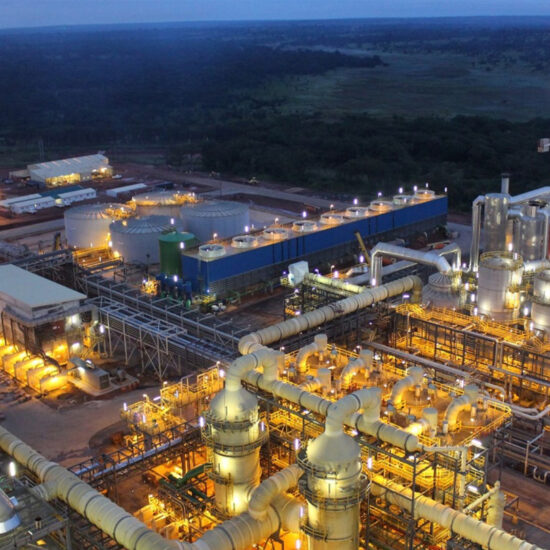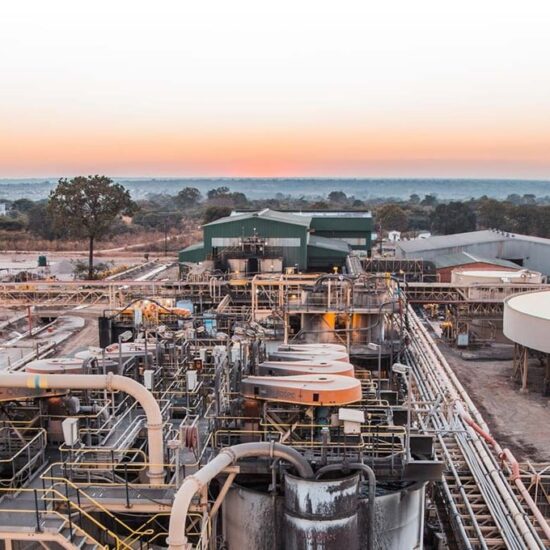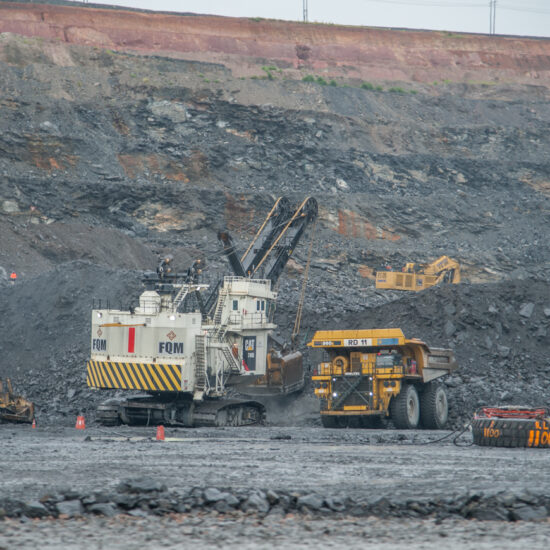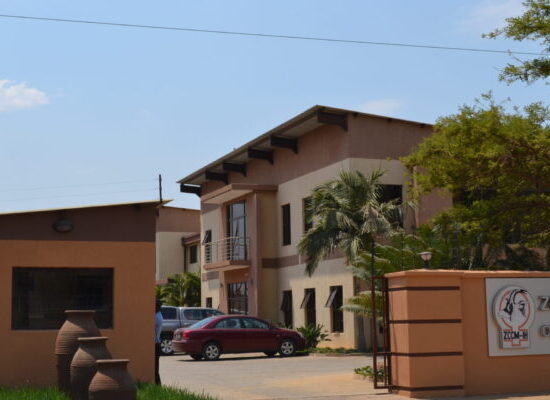
Finance Minister Dr. Situmbeko Musokotwane has insisted that the government will go with its consistent target of hitting 3 million tons of annual copper production by 2031 despite all indicators showing that this is yet another target the new dawn administration is set to miss. At average selling prices of US$9,400 per ton, 3 million tons of production would deliver a whooping annual revenue of US$28 billion for Zambia-based copper mines.
Dr. Musokotwane as he presented his fourth budget under the new dawn government, one budget cycle shy of the five for the full five-year term of office, missed yet another opportunity to review this target and issue a more realistic target that is in line with what is obtaining on the ground. In the 2025 budget, the finance minister revealed that copper production had increased by a paltry 6% to hit 350,000 tons for the half year.
In re-stating his basis for insisting on the 3 million tons target by 2031, Dr. Musokotwane stated that the government has taken three strategic steps to revamp the mining industry.
“The first step was to re-open mining companies that were locked up in legal disputes. Through this step, Konkola Copper Mines and Mopani Copper Mines have been revived”, the finance minister stated in his 2025 budget presentation speech to lawmakers. However, analysts say this move was merely a privatization exercise for Mopani Copper Mines due to the government’s failure to raise capital, which saw ZCCM-IH give up control and ownership to International Resources Holdings – IRH.
As for Konkola Copper Mines – KCM, the mining company was merely returned to Vedanta Resources, its erstwhile owner that had been legally fighting the Zambian government which had repossessed the mine through an ill-implemented liquidation process. Again here, counter arguments from analysts and mining experts are that it was a failure to raise capital by ZCCM – IH and the Zambian government that failed to revamp production under state ownership.
The Finance Minister further stated that “the second step was to improve the mining investment climate in our country. This has been achieved and today, mining companies that had planned to leave Zambia, have stayed on and FQM and Lumwana are already implementing huge production expansion projects”.
Additionally, Dr. Musokotwane stated that “the improved investment climate has also resulted in the revival of Shaft 28 in Luanshya, Lubambe Mine has also been saved from closing and is expanding with an initial investment of US $300 million while Kalengwa Mine located at Mufumbwe, will soon come onboard with an initial investment of about US $200 million”.
However, the counter argument to this is that the Zambian government has over-extended its hand by awarding excessive tax and non-tax incentives to the mining sector which has left the treasury depleted, with revenue and forex collections from this sector dropping to levels that have resulted in the steep Kwacha depreciation and lack of liquidity in the economy.
Dr. Musokotwane further stated that “the third and final step was to encourage mineral exploration. Zambia has already launched a country- wide high-resolution aerial geophysical survey and this is going on right now. The survey will generate reliable and updated geological information which will support investment in greenfield projects and expansion of brownfield projects.
As to whether this third step will produce results for Zambia remains a bone of contention. Due to a history of lack of well-protected and safeguarded governance structures, some members of the public as well as experts have told the Zambian Business Times – ZBT that the results of the surveys may never be available to locals but risk being auctioned to outside interests due to some few corrupt elements in government. There are also questions about what controls the government has put in place to prevent the contracted company from keeping some of the most valuable findings to itself and later profiting from it despite being paid to conduct the survey.
All in all, the ambition to reach 3 million tons is desirable for Zambia, but it is the new dawns government’s lack of detailed milestones, and timelines as well as which project/mine will contribute to reach the target that remains fuzzy. ZBT has engaged professional and expert associations such as the Association for Exploration among others which contend that copper mine development takes a longer time horizon. Dr. Musokotwane’s insistence to heed advice and revise the target for 2031 risks adding to the list of the new Dawn government’s unfulfilled promises.







